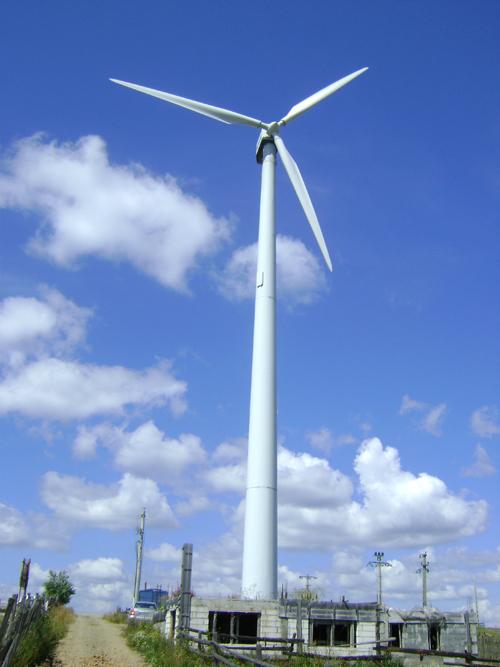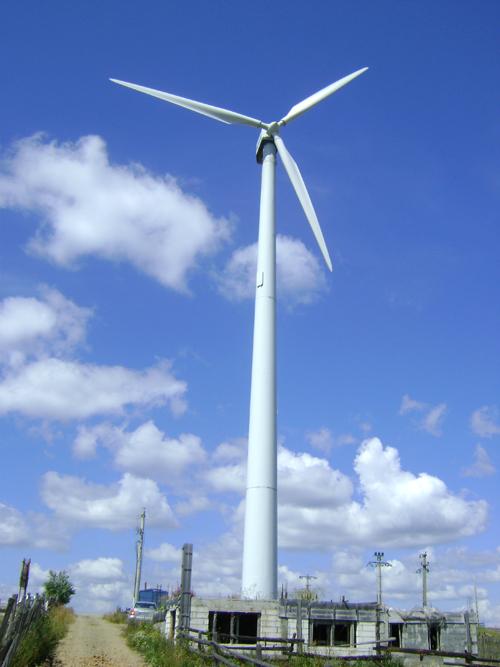February 13, 2012

Researchers at Strathclyde University in Scotland have developed a paint that can detect microscopic faults in bridges, mines, and the foundations of wind turbines. The paint uses nanotechnology to sense movement in large structures.
Highly aligned carbon nanotubes that can carry an electrical current are combined with fly ash, an inexpensive recycled waste product, and mixed into a paint. When the carbon nanotubes begin to bend, their conductivity changes. These changes in conductivity are detected by electrodes incorporated within the structure that is coated with the paint. Any change in the flow of electrical current above a predetermined threshold can be interpreted as a sign of structural defect.

The electrodes are attached to a battery, and wireless transmitters are placed throughout the structure. A master transmitter tracks changes in conductivity from all the structure's electrodes, which can be monitored remotely. The wireless communication nodes are powered in part by a battery, but they are also expected to rely on energy-harvesting methods where possible.
Most methods for checking large structures for defects use either a visual inspection (which requires an engineer to take a trip to the site) or time-consuming, complex, and expensive instrumentation. The paint can be sprayed on to any surface. With electrodes attached, it can detect structural damage long before failures occur.
When mixed, the paint is hard and durable, like cement. This makes it especially useful for coating structures that must withstand harsh environments, as well as those located where severe weather can make safety monitoring by human inspectors particularly difficult. Since fly ash is very inexpensive, the paint is expected to cost very little.
About the Author(s)
You May Also Like



